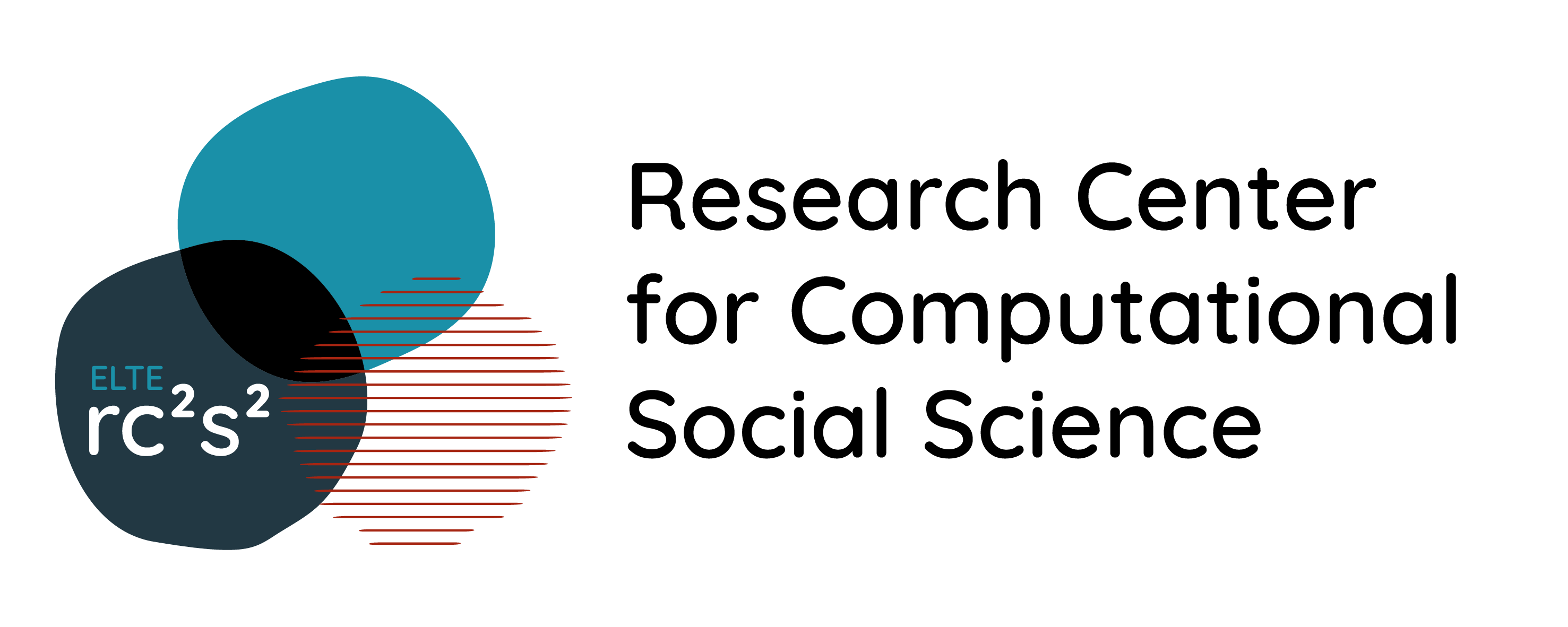In our research, we examined the discursive framing of Trianon and the Holocaust in today’s Hungarian online media. Our corpus contained 26,519 articles connected to these two historical events published between September 2017 and September 2020. We used a mixed-method approach by combining LDA (Latent Dirichlet Allocation) topic models and qualitative methods. Our aim was not only to map the latent thematic structure and the discourses about Trianon and the Holocaust but also to identify the main differences in the rhetoric of the different sides of the political spectrum. We identified many discursive differences between the rhetoric of the different political sides. Yet, the different relationship to emotions has the most far-reaching consequences. In the far-right and progovernment media, emotions play an essential role, while the rhetoric featured in the nongovernment media, detaches itself from emotions. IB’s work was supported by the K-134428 NKFIH grant, and ÁK’s work was supported by the EuMePo Jean Monnet Network (Erasmus+ Programme of the European Union) and NKFIH New National Excellence Program.
